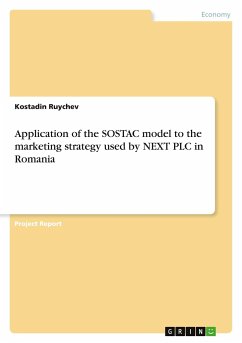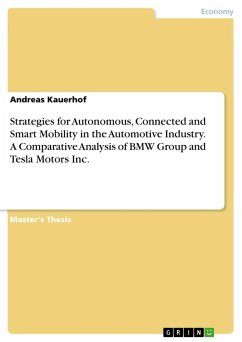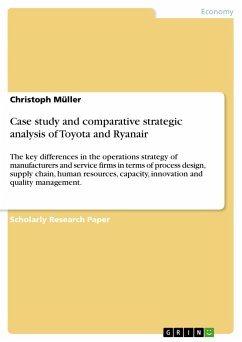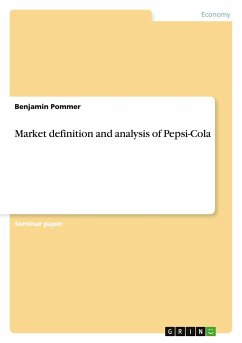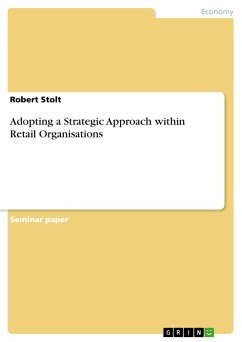
Adopting a Strategic Approach within Retail Organisations

PAYBACK Punkte
0 °P sammeln!
Seminar paper from the year 2009 in the subject Business economics - Offline Marketing and Online Marketing, grade: 1,0, University of St Andrews, course: Retailing Corporate Strategy / Corporate Strategy, language: English, abstract: "Strategy is defined as the determination of the basic long-term goals and objectives of an enterprise" (Chandler, 1990, p. 13). As the quote by Chandler suggests, strategy is concerned with the alignment of a corporation to the market in order to achieve its long-term targets. Therefore, the adoption of a strategic approach is essential for large organisations (...
Seminar paper from the year 2009 in the subject Business economics - Offline Marketing and Online Marketing, grade: 1,0, University of St Andrews, course: Retailing Corporate Strategy / Corporate Strategy, language: English, abstract: "Strategy is defined as the determination of the basic long-term goals and objectives of an enterprise" (Chandler, 1990, p. 13). As the quote by Chandler suggests, strategy is concerned with the alignment of a corporation to the market in order to achieve its long-term targets. Therefore, the adoption of a strategic approach is essential for large organisations (especially retail organisations) as it is fundamental for the development of a company and consequently its success in the long run. With increasing differentiation in product portfolios, notably in the retail industry (e.g. with retailers like Marks & Spencer or Bhs both adding food to an existing non-food offer, or the grocery supermarket chains offering clothing and other merchandise categories) companies are more frequently separating their product range into several corporate divisions, which are also known as independent, market-oriented strategic business units (SBUs). In this strategy (business strategy), the strategy formulation (i.e. how the company can achieve a competitive advantage in each area of business) is carried out by the head of each business segment. The strategic alignment of each business unit is then determined by the top-level corporate strategy, where decisions are made by the upper management. Next to these two areas of strategy formation (i.e. corporate and business unit level), strategy can equally be developed from a functional viewpoint (also known as functional strategy) when making decisions as to which marketing concepts should be used or which capital equipment the company should employ to be flexible and cost-efficient for example. Within this multi-level structure of strategic decision-making there must be a sufficient amount of co-ordination on all three levels (Megicks, 2007, pp. 484-485). The overall strategic goal of the organisation, as Porter (1980) describes it, is to achieve "a position of sustainable competitive advantage" and therefore differentiate the value a company generates and offers in comparison to its competitors. These activities to achieve a sustainable competitive advantage should fulfil the following criteria: they should (1) be associated to an attribute with value and relate to the targeted customer segment, (2) be sustainable (not easily imitable), as well as (3) be perceived by the customer (Mintzberg, 1996, p. 88).





